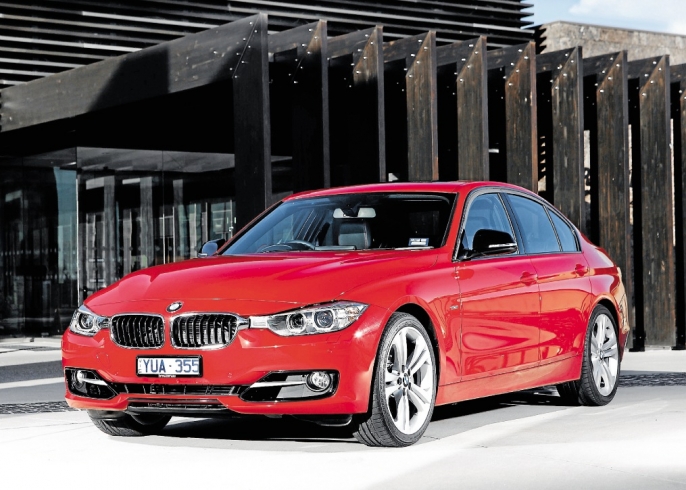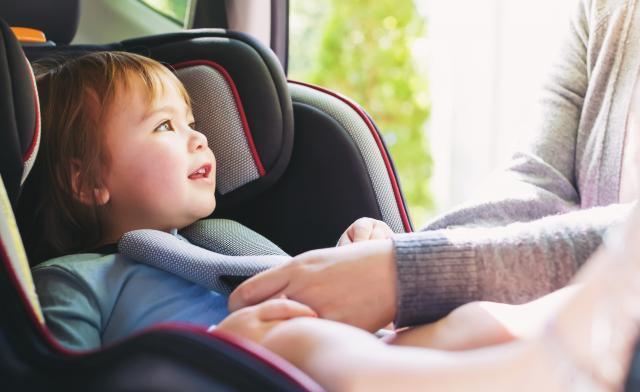With 12 million sales around the world since its introduction in 1975, the BMW 3 Series is the Bavarian marque’s best selling car. It has recently been launched in its sixth generation and looks set to continue its popularity, especially with its generous suite of standard features.
As well as a standard features list that’s longer than many times in the past, BMW also offers a range of trim and equipment options — Sport Line, Modern Line, Luxury Line, for example — to add more class to the car, while the M is on the list for the serious driver.
These option packages combine the variety of accessories and extras the company had previously found to have the most boxes ticked when buyers made their individual choices. Thus making choices less complex than in the past.
The all-new BMW 3 Series is slightly larger than its predecessors. Greater cabin dimensions particularly favour rear passengers and larger door openings for easier entry and exit. We tried the seat for size and, while it’s certainly better than before, this is still not exactly a spacious car for five adults. Three kids and two grown-ups works nicely.
The driver is made to feel very much in control of any BMW model, with the cockpit layout angled towards them to ensure controls are ergonomically positioned and the fuel gauge, speedometer, rev counter and oil temperature gauge are easily visible.
A full colour monitor is integrated into the top of the dashboard for all iDrive operations.
Below, on the centre stack are buttons for the dual-zone climate control with the iDrive controls at hand on the centre console.
The choice of standard upholstery is between beige and black Sensatec man-made leather trim. Dakota hides are an option.
The new BMW 3 Series comes with a choice of three petrol (two fours and a six-cylinder) and two four-cylinder diesel engines ranging in capacity from 1.8 to 3.0 litres.







